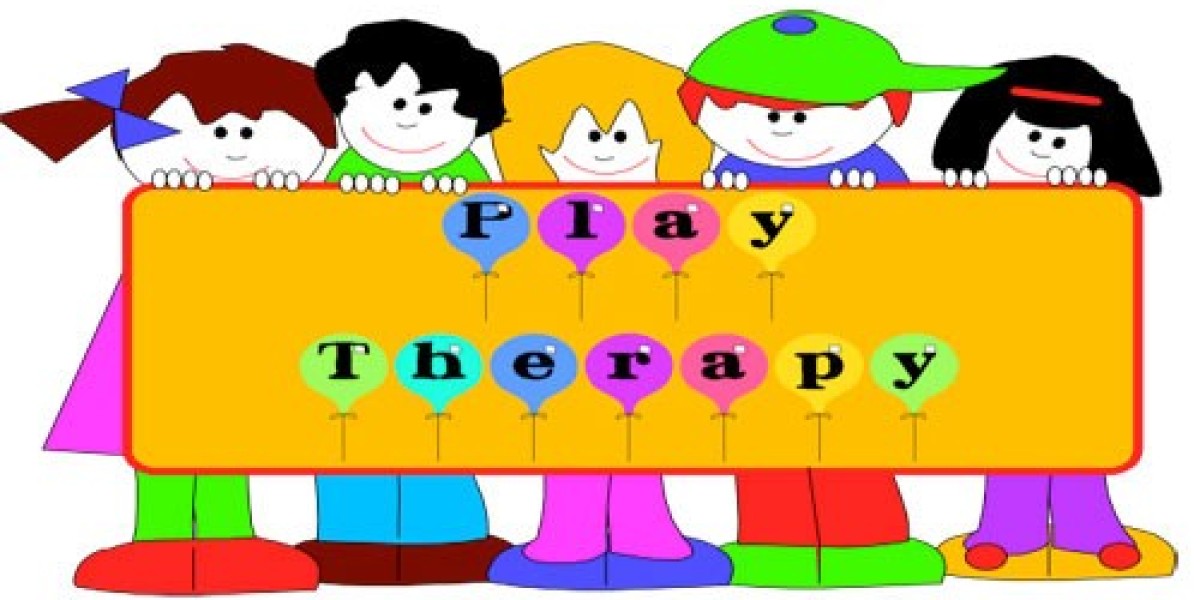Play therapy is a form of counseling or psychotherapy that makes use of play to assess psychological issues, including preventing or treating it. Although it can also be used with adults, play therapy is primarily used for children. It's because children do not have enough ability to process their emotions or discuss their problems with their parents.
Play therapy is used by licensed mental health professionals like psychologists and psychiatrists. Play is also utilized by therapists for behavior, physical, and social workers. It is often used to assist the child to process stressful life events. They play to observe the child's problem and gain insights on how to help them deal with their emotions or trauma. Using play, the child can learn to cope with and correct their inappropriate behaviors. To be able to deal with children using play therapy, licensed professionals must undergo specialized training programs.
When is play therapy used?
Although adults can also benefit from play therapy, it is mainly used for children of ages from 3 to 12. Playing therapy can be helpful in circumstances such as children facing some medical procedures or chronic illness, including children who have language development delays or learning disabilities. Play therapy is also used for kids who have behavior problems in school, children who have aggressive or angry behavior, facing some family issues, experiencing natural disasters, domestic violence, abuse, or neglect. Play therapists also use it for kids who have eating or toileting disorders, ADHD, autism, and anxiety.
How does play therapy work?
Children don't have the language skills of adults; they cannot express what they feel or don't have a trusted adult around to share it. This shows that no matter what age or stage of development, there is an evident communication gap between children and adults. Also, adults can mistakenly understand the child's verbal and nonverbal cues.
Since the child can't interact with adults in the adult world, adults should adjust through joining them in their world. Kids start to understand the world through playing, an activity where they are free to act out their feelings and emotions. In this case, they are less guarded and tend to share their opinions without being pressured at their own time and way of communication.
Play therapy may come different depending on the therapist and the specific needs of the child. The therapist starts from observing the child at play, and then they proceed to interview the child, the parents, or the teachers separately. They can then set some therapeutic goals and formulate a plan on how to continue. During this process, the therapists pay attention to the child's behavior when alone and how they interact with different toys. The child may show their fears and anxieties during the playtime session, and the therapists can use it as a calming mechanism to heal and solve the problem. Also, this playtime observation is used by the therapists as a guide in their next steps of a therapy session. Each child is different, so each therapy is designed depending on their individual needs.
Types and techniques of play therapy
Each play therapy session usually takes 30 minutes to 1 hour and is scheduled once a week. The frequency of the session depends on the child's needs and their response to the therapy. Play therapy is also done in groups or individually. The therapist is in charge or guides the child toward specific methods or lets them choose them by themselves depending on the children's state of being or situation.
There are 2 types of play therapy, the directive and non-directive. The non-directive play therapy is a non-intrusive method wherein the child is encouraged to work on the solutions to his or her problems through playing on his or her own. They are free to play on their own and to choose toys and games that they find would fit. In a non-directive approach, the child is not given any direction on what to do or how to solve their issues. It is entirely unstructured, and the therapist may participate or appropriately get involved, which means it depends on the child if the therapist may get an invite.
In contrast, directive play therapy is where the therapist is in charge of the method that consists of the structure and guidance in working through the child's emotional and behavioral difficulties. The play therapist may lead the child in choosing the toys or games that will be used in the therapy, or the therapist can be specific to the session's goal.
Each session should take place in an environment where the children feel safe. Some of the techniques the therapist may work with are creative visualization, storytelling, role-playing, toy phones, puppets, stuffed animals, and masks, dolls, action figures, arts and crafts, water and sand play, blocks and construction toys, dance and creative movement, musical play.
What is a play therapist?
A registered play therapist is a professional who works with children ages 3 to 11 who use play as a tool to communicate and understand the children's world. The therapist uses play as a method to help the child with his emotional distress or trauma. Families or parents seek their help to get their children to work through their issues and challenging experiences. Play therapists use this medium to understand the nature of how the children deal with their problems or environment and in expressing themselves most, especially in understanding their world.
To be a registered play therapist, you need to have a postgraduate qualification, the experience of working with children and continued professional development (CPD). Among the responsibilities of a play, therapists are accepting children referred from other support professionals or organizations, assessing their individual needs, providing therapeutic treatment, and determining the methods and approaches needed for the procedure.
According to professional organizations, there are about 71% of children who have experienced positive results from receiving play therapy. It is usual for the child to start with hesitation, but as soon as they begin to build trust in the therapist, they become comfortable, and the bond strengthened.
Play therapy for adults
Play therapy does not only work with kids, but it also works with adults. Teenagers and adults can also have the time of their life where they have difficulties expressing their feelings in words. Common problems among adults where they need a play therapist are:
- intellectual disabilities
- dementia
- chronic illness, palliative care, and hospice care
- substance use
- trauma and physical abuse
- anger management issues
- post-traumatic stress disorder (PTSD)
- unresolved childhood issues
The act of playing in the form of games, arts, and crafts, whether through music and dance, they can definitely help children or adults relax and unwind from the difficulties they are facing. Role-playing or sand-tray therapy also commonly work with adults to get in touch with their feelings that they may hardly talk about.
Session Length
The length of the play therapy sessions depends on the treatment goals and the needs and abilities of the child to respond to the therapy. Often, the sessions last around 30 to 50 minutes. It is commonly held Monday to Friday from 9 am to 5 pm. But if it is a private client, some appointments are made outside these hours to deal with clients' needs.
Appointments are scheduled from once a month or twice a week, but an average of 20 play therapy sessions are needed to resolve the issue or for a patient to heal. Since each child or person is different, some children improve faster, and others may need many more therapy sessions.
Conclusion
Play therapy may be perceived as all about fun, but it can effectively help treat various mental conditions and behavior disorders. Play therapists use play to help children deal with their psychological difficulties. Play therapy can also encourage the use of language or improve motor skills or to be physically active. You have to note that if a child has been diagnosed with mental or physical disorder, play therapy is not a substitute for medication or any other treatment. Hence, play therapy can work or may be used alone or together with other therapies and medications.
You can search for or may also look from online for a licensed mental health professional or an experienced psychologist to get most out of the play therapy. If you think your child may benefit from play therapy, you may ask for a referral from your pediatrician or primary care doctor. You may also search or a licensed or registered play therapist through the Association for Play Therapy.
Interested in more? Check out our upcoming Play Therapy CEUs



